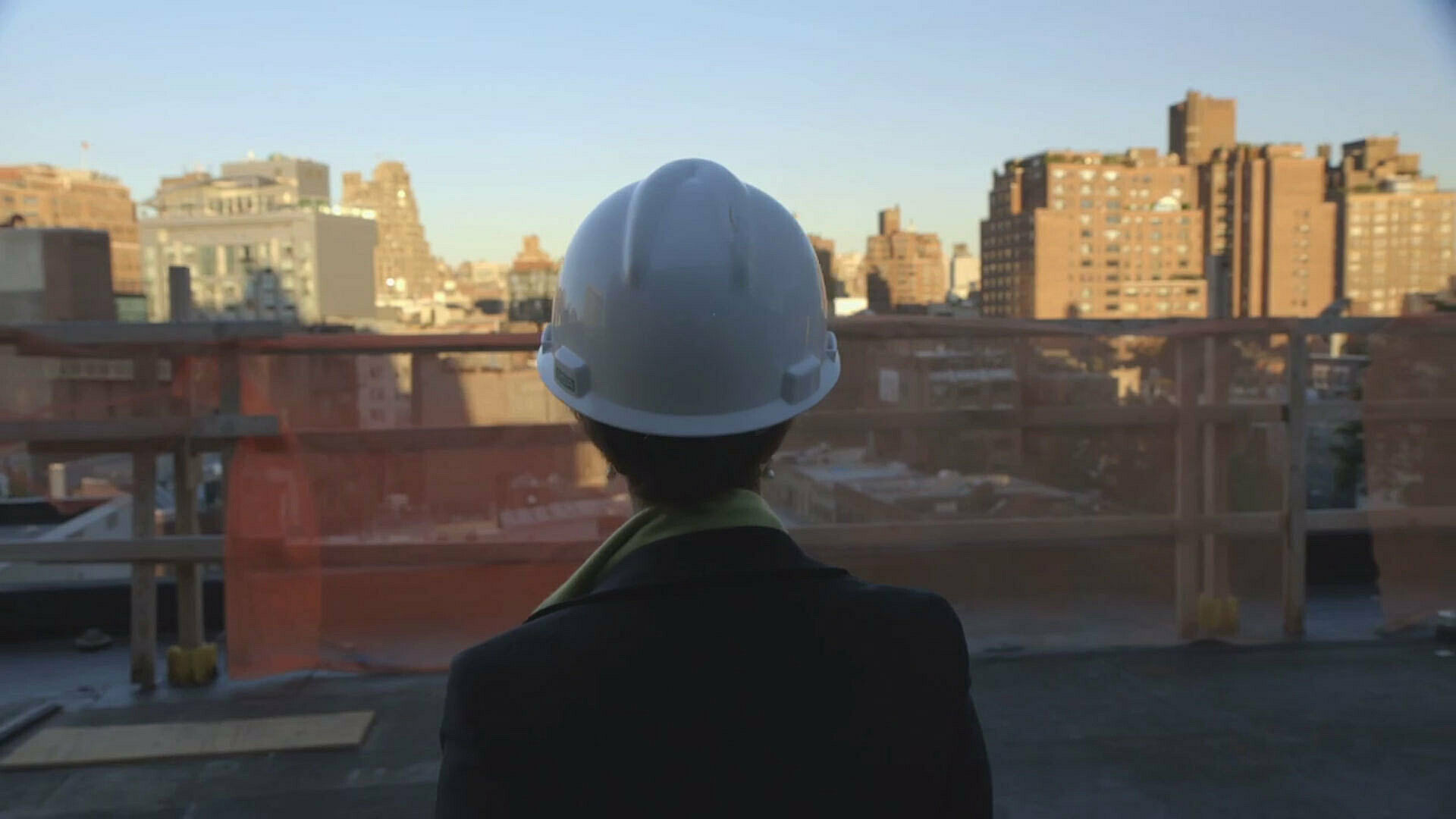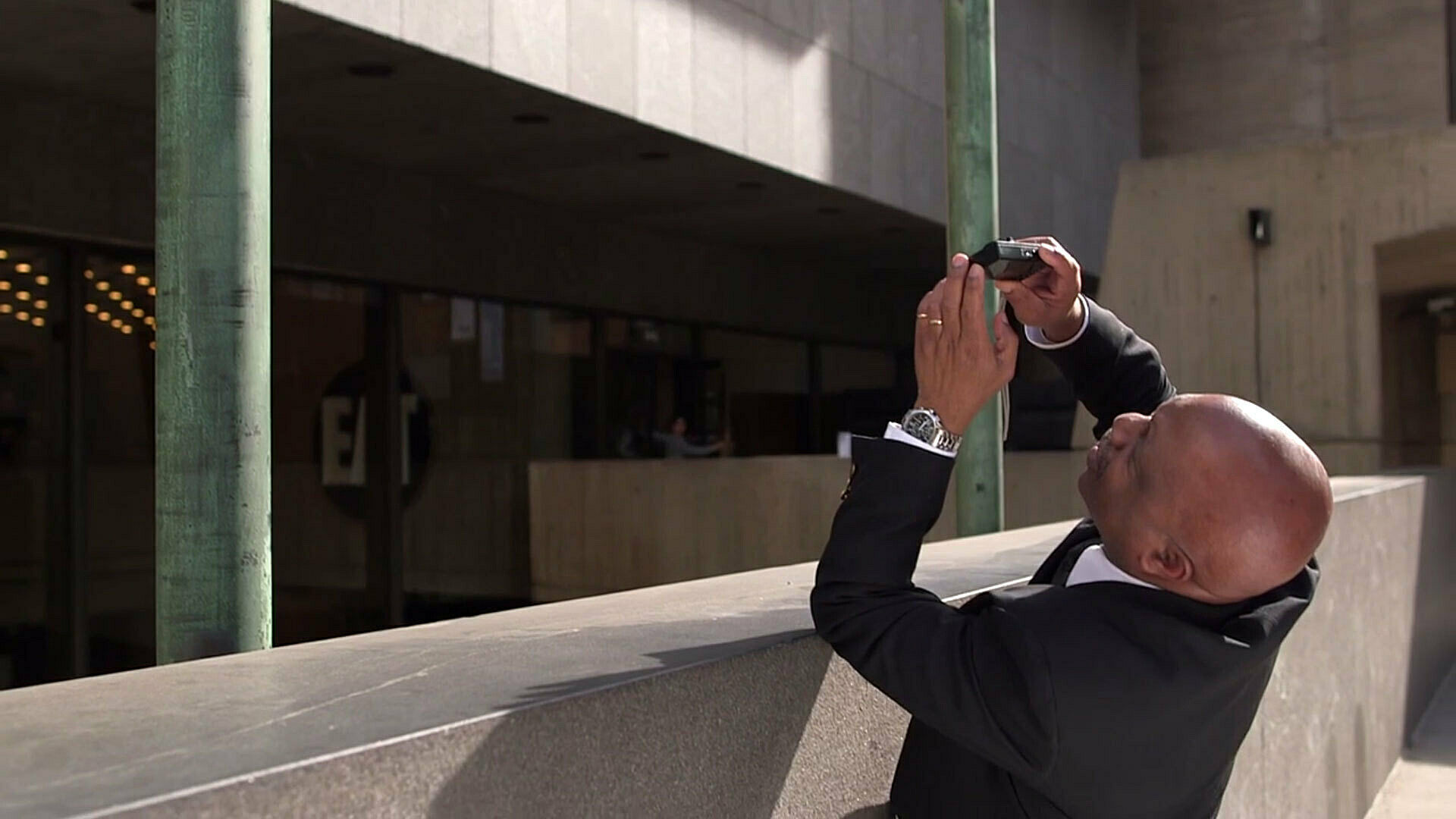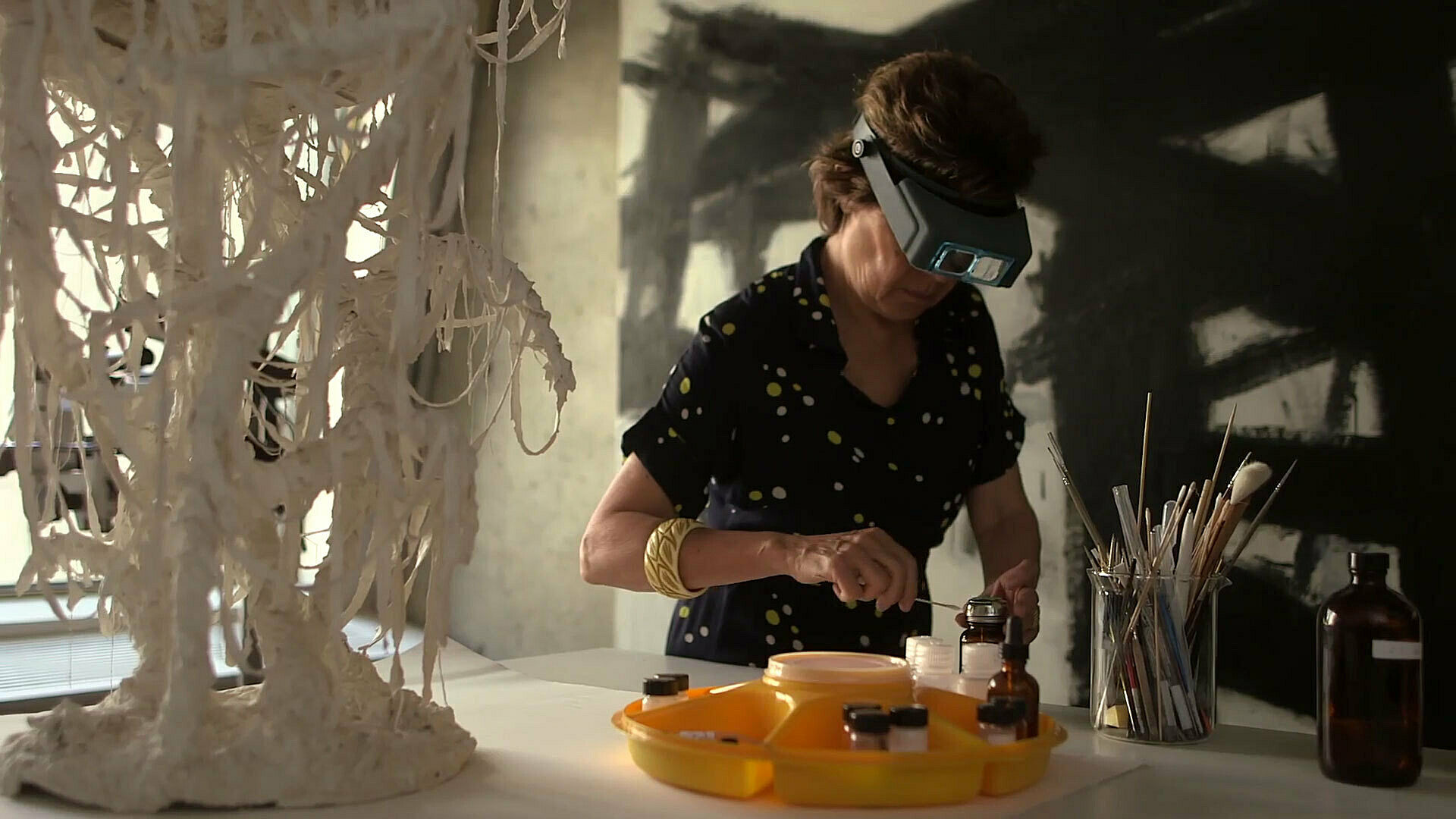Behind the Whitney Stories Video Series
Nov 4, 2013
The Whitney Stories video series provides a look behind the scenes at the Whitney Museum. Each video focuses on an individual whose work is central to the Whitney as the institution looks toward the opening of its future home in the Meatpacking District in 2015. Installments from the fifteen-part video series will be released regularly over the next two years, shedding light on the Whitney’s plans through conversations with artists, Whitney staff, and integral members of the construction team.
To create these videos, the Whitney Stories team is collaborating with Matt Wolf, a New York-based filmmaker who has produced short documentaries for other institutions including The New York Times and New York City Ballet, and whose recent feature-length documentary, Teenage, premiered at the 2013 Tribeca Film Festival and will be released nationwide this spring. Matt sat down with Sarah Hromack, Director of Digital Media at the Whitney, and Elyse Mallouk, Digital Content Manager, to discuss the project’s goals and strategies as the video series launches its first installment.
Sarah Hromack: Matt, I first approached you about the possibility of working with the Museum after watching 30 Days, the series of artist profiles you directed and produced for the blog and event space of the same name. I was struck by the way you managed to craft a narrative around each artist’s practice while maintaining a sense of his or her character as an individual—not an easy feat, in a roughly two-minute video. As a documentary filmmaker, how do you approach the task of telling stories about people?
Matt Wolf: For the 30 Days project I profiled a cross-section of my artist friends, so it wasn’t too difficult to have a natural conversation. But in general, I’m always looking for a strong character to lead a short documentary. Over the years, I’ve interviewed all sorts of people, from artists, politicians, scientists, and actors to ordinary strangers. It’s really true that everybody has a story to tell. It’s just rare that somebody listens. I try to tap into my subjects’ wisdom when I interview them on film.
SH: For the Whitney Stories series, you’re developing a narrative around the Museum’s new building by telling the stories of various individuals who are closely tied to the Museum and the new building project. How are you negotiating between the institutional and the individual?
MW: For this series, I wanted to show a broad spectrum of people who are integral to the Museum. Not just curators and artists, but museum guards, conservators, patrons, and other craftspeople and technicians who are working behind the scenes. Museums necessarily disappear into the background so that the artwork can remain the focus. But I think this series is an opportunity to look deeper into the culture of the Whitney, and to expand on this notion that the Museum isn’t just a building, but an idea. From my point of view, it’s also a community of thoughtful people.
Elyse Mallouk: You interview each subject on camera for an hour or more, but the final product is only three minutes long. How do you pare down a long and often wide-ranging conversation into a concise narrative?
MW: It’s actually easier than it might seem to boil down to the essence of a conversation. I want to avoid “sound bites,” where people repeat rehearsed statements that they’ve said many times before. I’m trying to engage these subjects in an open-ended conversation. In that context, we all naturally summarize our thoughts. It’s those concise reflections that generally become the storyline for a short documentary.
EM: When we visited artist Fred Wilson's studio, he allowed us to film inside a storage space that contained all kinds of raw material. What are the differences between filming subjects against seamless backdrops and shooting in personal spaces? How does each approach enable you to convey something essential about the individual and the story?
MW: I enjoy filming people in their home or work environments because those settings tell you a lot about a person. But for this series, I chose to film all of the subjects against a uniform texture. I wanted the disparate characters to share a common space. But I’m also interested in finding organic opportunities for portraiture, like filming an artist or craftsperson doing his or her work. That kind of observational material is very rich. It helps us access the visual world so many creative people inhabit.
SH: What kinds of challenges do you encounter when crafting a visual narrative around a building-in-progress that has already changed so much and will continue to do so over the course of the coming years?
MW: Fortunately this video project continues until the launch of the new building. I love working on a project over a long period of time to accumulate a significant amount of material. This series isn’t just about the building project, though most people involved with the Whitney have a meaningful stake in it. So as we tell their stories, we’ll visit the construction site, and viewers will have an opportunity to track the progress. I think it’s more exciting to visit a major new building when you have a sense of what went into making it. Hopefully, these videos will stoke people’s excitement and curiosity for their first visit to the downtown Whitney location.



